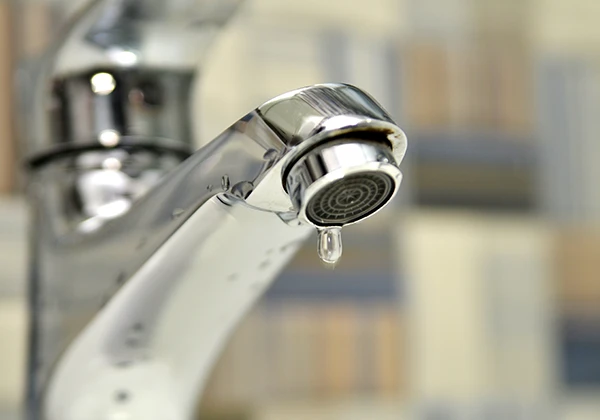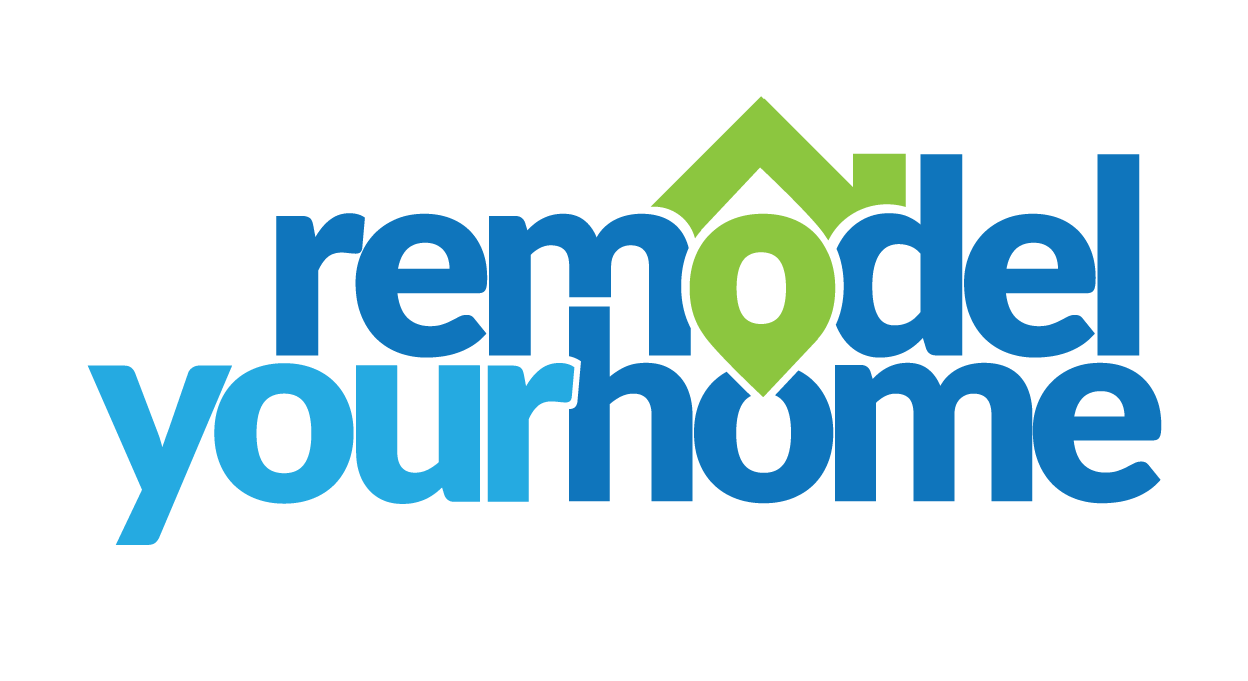Common Bathroom Leaks and How To Repair Them

The common but annoying occurrence of discovering a leak in the bathroom is a part of home ownership. Common bathroom leaks and how to repair them, such as leaks in the toilet, sink, shower, or tub, can easily agitate a homeowner and prompt an emergency response. Fortunately, if caught early enough, many of the common bathroom leaks you might notice are easy and inexpensive to fix.
This article will go over five of the most typical bathroom leakage and plumbing problems, why they occur, and how to repair common bathroom leaks before they develop into bigger, more expensive plumbing issues.
Splash Leaks
A splash leak is one of the most typical bathroom leaks. As the name suggests, this kind of leak happens when water splashes onto the floor after escaping the tub or shower. Even though splash leaks are common and frequently simpler to fix than other leaks, they can still seriously harm the flooring in your home.
Splash leaks in a bathroom can occur in various places, such as around the shower or bathtub, under the sink, or around the toilet. To fix a shower leaking cause, the first step is to identify the source of the leak. This can often be done by visually inspecting the area and looking for water damage or staining signs. Once the source of the leak is located, the appropriate bathroom leak repair guide can be followed. This may involve replacing a worn or damaged gasket or seal, tightening loose connections, or replacing a damaged pipe or fixture. Sometimes, it may be necessary to hire bathroom remodeling professionals to repair the issue.
Other reasons for splash leaks are typically because of using a poor or ineffective shower curtain or by using old, worn-out caulking where the shower or tub meets the floor. However, if the gasket is compromised or the frame becomes loose, even bathrooms with shower doors may experience problems.
After using the tub or shower, look for water pools around the exterior to identify these leaks. Remember that water may not appear for several minutes. The nearby floors may also show signs of wear or mold.
A splash leak may be repaired by changing your shower curtain, replacing the shower door gaskets, re-caulking the area around the tub or shower door, or having a new frame installed, depending on the precise cause of the leak. In extreme circumstances, you might need to replace your shower or bathtub.
Bathtub Faucet Leaks
Every few years, the majority of homeowners experience a bathroom faucet leak. However, if the leak is not fixed, it may raise your water bill and eventually harm other faucet parts or even the nearby wall.
A damaged or worn washer in the faucet stem is frequently to blame for common bathroom leaks and how to repair them. Over time, as the faucet is turned on frequently, the washer on the valve is worn down by friction, allowing water to seep through. On rare occasions, the leak may be brought on by damage to the piping leading up to the faucet or the stem itself.
Toilet Leaking From The Base
These leaks can be severe, but fortunately, they can be fixed quickly if discovered in time. Check to see if the excess water is indeed coming from the base of your toilet if you notice a leak from the base. A faulty shut-off valve, a cracked bowl, or a loose connection tube between the toilet and the tank can occasionally be the cause of pooled water around the toilet.
Sometimes simply tightening the bolts holding the toilet to the floor will stop a toilet base leak. To avoid cracking the base, do not tighten the base too much. If that still doesn't fix the issue, you will need to take the toilet out and follow the bathroom leak repair guide, which includes replacing the wax gasket that holds it to the ground below.
To make sure the problem is fixed, and no further harm is done to the bathroom, it is best to leave the inspection and replacement of your toilet's base-level components to bathroom remodeling professionals. Ignoring this issue could result in water damage in other parts of your house, particularly if the toilet is in a bathroom on an upper floor. It might be time to replace the toilet if the leak gets worse.
Leaks From The Sink Faucet
A bathroom sink faucet leak is typically the result of a gasket, O-ring, washer, or stem that is broken or damaged. As a result of the valve being used repeatedly to turn the water on and off, these components deteriorate over time, which causes water to leak through.
You can fix a common bathroom leak by turning off the water supply. This is typically located in the housing that is directly below the sink. Turn off the water supply to the house if there is no supply valve.
Then, depending on the style of handle that was installed on your sink, remove the faucet handle. You can access the stem or cartridge after removing the handle. Remove this part slowly, then look it over for damage. Normally, replacing the entire stem is simple and inexpensive, but some homeowners may choose to only replace specific components, like installing a new O-ring.
It might be necessary to replace the entire bathroom sink if it is dated, worn out, and damaged.
Clogged Sinks
Most homeowners find a clogged bathroom sink to be a major annoyance. Fortunately, this issue has several fixes. Many things can cause a sink to become clogged. The main cause of clogs in sink drains is the accumulation of hair, soap scum, or other small debris.
Usually, a little DIY knowledge can clear a clogged sink:
- Plunging: Give the sink a few plunges into a pool of water that is a few inches deep.
- Pour boiling hot water: Some clogs can be removed by slowly and carefully pouring boiling water down the drain.
- Use vinegar and baking soda: Add a few tablespoons of baking soda and a few ounces of white vinegar to the drain. After letting the mixture's reaction sit for 10 to 15 minutes, flush it with boiling water.
- If necessary, add a cleaner. These are typically available at hardware or grocery stores. To unclog the clog, simply adhere to the instructions on the bottle.
- Drain Snakes: Drain snakes are readily available at most hardware stores. Although some appear to be more complex than others, they all essentially perform the same functions. Clear the clog by feeding the cable through your drain until it is reached. While doing this, make sure to cover the drain with a rag to prevent a mess.
Next Steps For Fixing Bathroom Leaks
Any bathroom leak must be fixed as soon as it is discovered. Ignoring a common bathroom leak frequently results in more serious and expensive plumbing problems, such as mold growth or significant water damage. If a leak is ignored, it may cause damage to your sink, toilet, tub, shower, or floor and necessitate complete replacement projects. When you catch a leak early on, it is almost always simpler and less expensive to fix.
Contact the specialists at RemodelYourHome so they can put you in touch with a reliable bathroom remodeling professional in your area if any of the issues covered in this article continue or demand more time-consuming work.

Remodel Your Home
We are a leader in the home improvement space with over 20 years of experience pairing homeowners with construction experts.
About Us